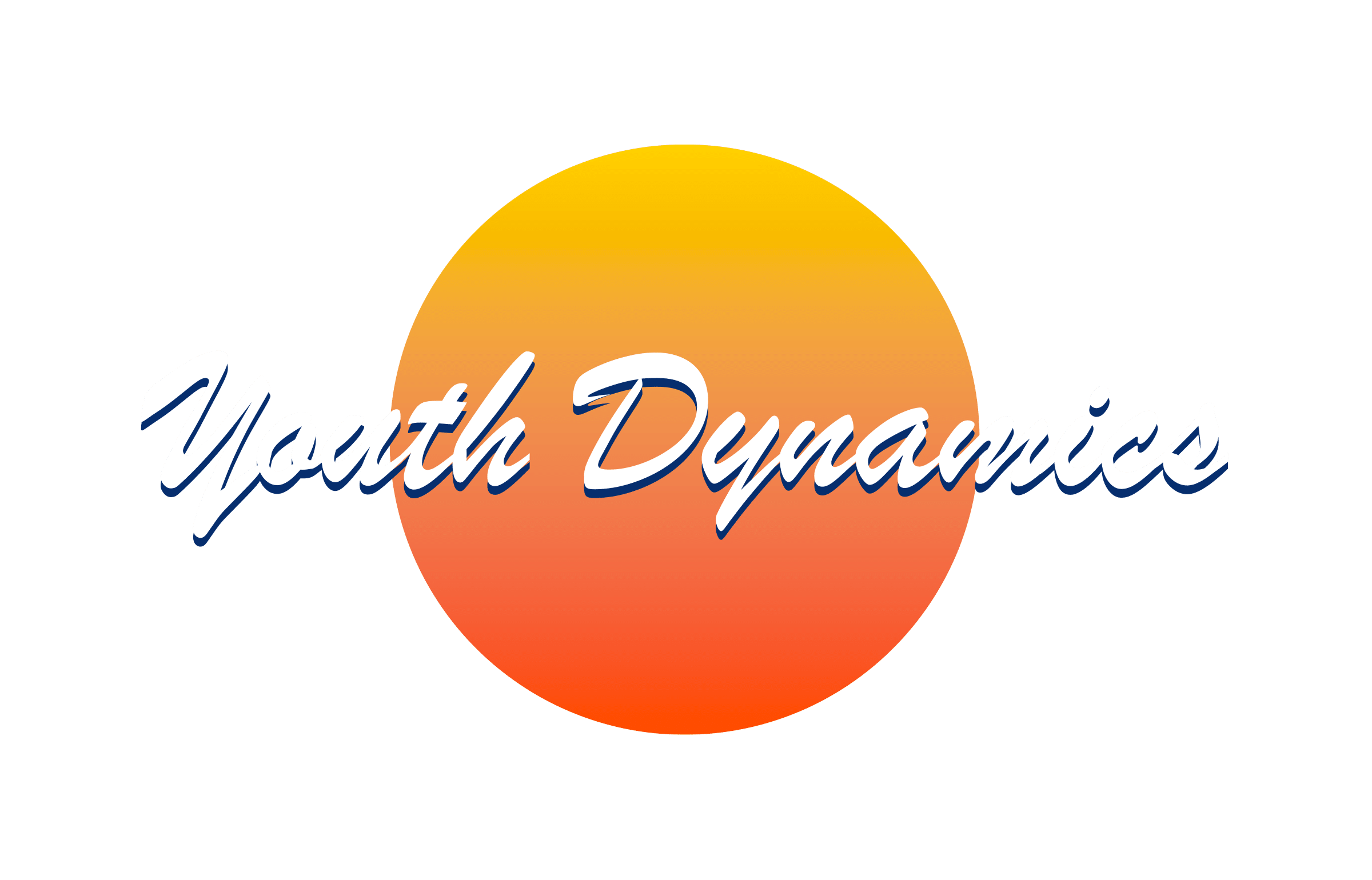Written by Kate Whittle and originally appearing in the Missoula Independent on January 19, 2017.
Missoula falls far short of meeting the needs of residents with drug and alcohol problems, according to state health assessments. In response, one Montana nonprofit is now expanding its mission to reach out to young people struggling with addiction.
“In about 2010, we started noticing that a lot of our adolescents, 12 to 16, had substance abuse issues,” says Teri Jackson, clinical director of Youth Dynamics. “We’d make referrals to providers, but we saw a lot of kids sitting on waiting lists for six months to a year before receiving services.”
The statewide nonprofit, headquartered in Billings, has counseled children with mental health disorders for more than 30 years. And substance abuse, Jackson says, is often linked to a childhood history of trauma and co-occurring mental disorders like depression and ADHD. In 2016, Youth Dynamics received a $136,000 two-year grant from the Montana Healthcare Foundation to create new addiction treatment and counseling services in Missoula and Great Falls.
The state Department of Health and Human Services projects that more than 8,000 low-income Missoula County youths between the ages of 10 and 17 need treatment for drug or alcohol abuse. Just 94 Missoula youths received state-approved chemical dependency treatment in 2014, the most recent year for which statistics are available.
In December 2016, the Missoula chapter of Youth Dynamics used the new grant to hire licensed addiction counselor Lowell Waverick. He’s still gathering referrals and building a client base, but he’ll be using an out-patient therapy model, working with teens and their parents in their homes or at school.
Based on current trends, Waverick expects prescription painkiller abuse and heroin addiction to be special challenges. He previously worked as a case manager at the Open Aid Alliance, which runs the state’s only syringe exchange.
“We’re seeing kids that are 12, 13, 14 years old who are experimenting with [heroin] and starting to use it,” Waverick says. “We’re seeing full-blown addiction right into the age group of 15 years old.”
In coming months, Waverick expects Youth Dynamics to lead a larger community effort addressing addiction.
“I want Missoula to come together,” Waverick says. “The more the community does come together, the stronger they are about it, the bigger a voice they have, the easier it’s going to be for people to start coming out of their shell and looking for help.”


